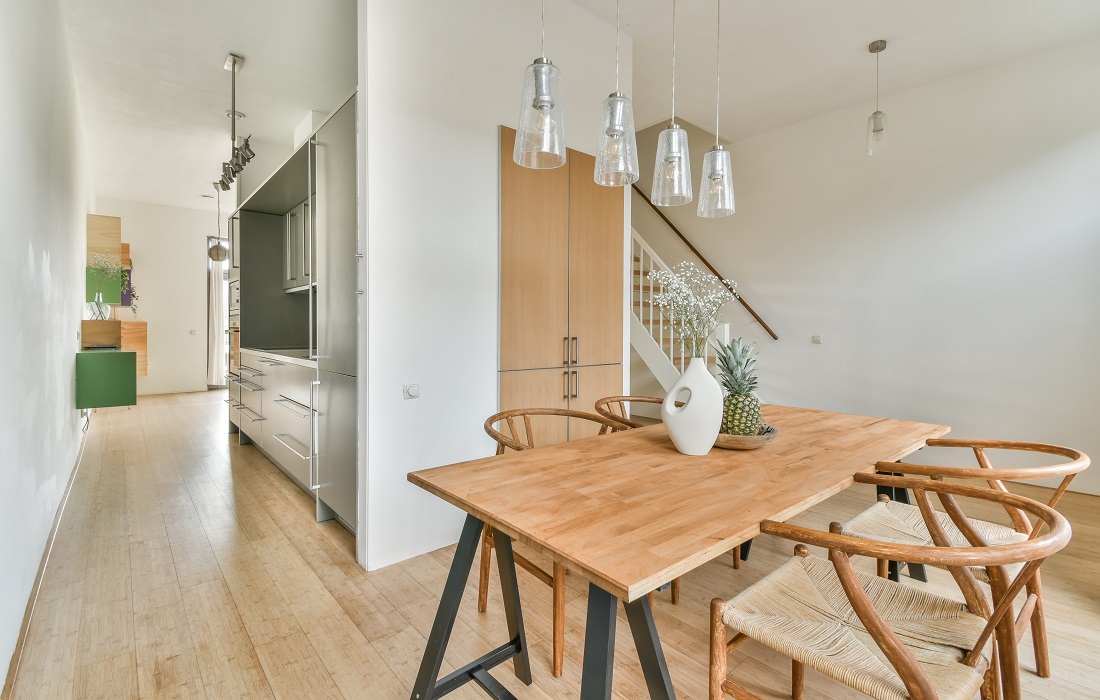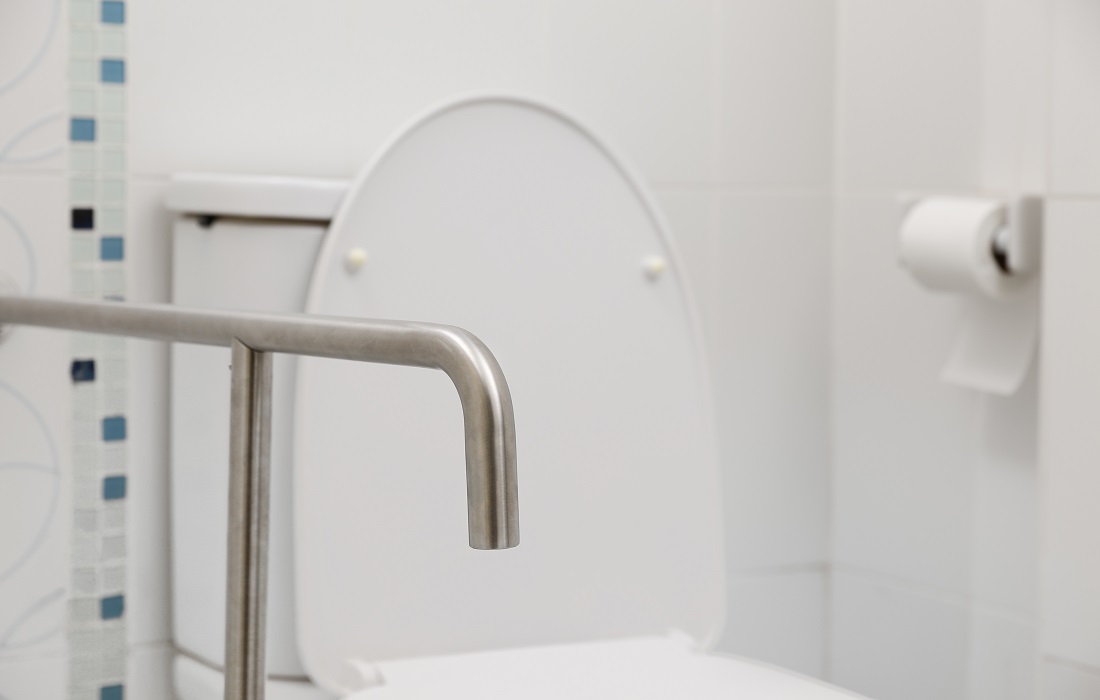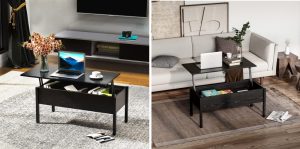Making your home accessible is not just considering the ease and comfort of disabled family members; it also includes people of all ages. An accessible home creates an inclusive environment, promoting safety and making it more comfortable, secure, and convenient, where everyone can live more freely and independently. Whether you install handrails, replace steps with ramps, remove liners, prioritize French doors over ordinary doors, install stair lifts, or use smart technology for accessibility in your kitchen or bathroom, you’ll transform your ordinary home into a future-proof for all generations.
Why is accessibility so important in a house?
Accessible home designs promote independence and self-reliance so that people can do their daily activities without any assistance. Accessibility features in your home may reduce isolation and foster social connections, making it easier for your friends and family to visit your home. Furthermore, by prioritizing accessibility, you ensure that your home remains practical and welcoming for all who enter. The modifications improve the quality of life for both visitors and residents alike. Accessibility allows people of all ages to participate in community and other co-curricular activities.
What makes any home inaccessible?
Inaccessibility causes hazards affecting both mental and physical health. The lack of some useful factors within the home may limit access for individuals with mobility aids. Whereas the lack of stair lifts may pose challenges for people with disabilities or those who use wheelchairs, poor lighting may cause problems for people as they would not be able to navigate properly due to vision issues.
In the same way, a lack of technology and digital accessibility may affect children as well as adults who cannot progress in this fast-paced world.

Tips to make your home more accessible
1. Installation of Smart Home Technology
Smart technology makes life easier. Either switch to voice control gadgets like Alexa or install an assistive device like a stair lift, every single person in the house would benefit from them. Equipping your home security systems with monitors and those devices giving alert status would benefit disabled people, old people, and children who are left alone in the house by showing notifications and camera footage to the caretakers who aren’t home during an unusual activity or emergency. Incorporating other advanced technological tools such as environment controllers, smart locks, remotely controlled lights, and emergency response systems would benefit every individual, whether disabled, a child or a fit person.
2. Consider the furniture arrangement
Furniture placement is one of the quickest ways to make your home accessible in one go. Keeping in mind an ideal 5-foot turn radius and a standard parameter of 2 feet while rearranging your furniture is most important. This technique would allow free space for mobility, allowing users to move freely without facing any obstacles. Choosing adaptive furniture may be considered a smarter option, which would surely benefit people of all ages by providing clear pathways around the furniture. At the same time, paying attention to furniture heights so that the risk of injury to children could be reduced. Adjustable furniture items should be preferred over ordinary ones so that they can be easily adjusted as per requirements, such as a sofa that can be adjusted into a bed, etc.
3. Installment of ramps and stair lifts
Installing ramps in a house represents a modern design, featuring a better living environment, reducing the risks of accidents, and making it more accessible for people of all ages. Ramps may be considered more convenient for those who have to push strollers, shift heavy loads, and carry carts in and out of the house. Ramps fall into different categories: metal ramps are the ones that can be installed permanently; portable ramps are usually lightweight and can be folded as per needs, and ramps may also balance uneven flooring between the inside and outside of the house.
Stair lifts offer independence for the disabled and people with knee and joint problems to remain in comfort. These stair lifts are installed on the stairs and are more cost-effective than home elevators.
4. Accessible Bathroom
Modified bathrooms play a key role in making homes more accessible. Accessible washrooms should have non-slippery floors to prevent slips and falls. Fitting in wider bathroom doors makes it easy for wheelchair users to enter and leave the bathroom without any distractions and without requiring anyone’s help.
Using proper lighting so that people with vision disabilities could see properly. Installing height-adjustable sinks and toilets so that children, the disabled, and other people can easily use them. Make your bathroom sustainable by incorporating water-saving fixtures, energy-efficient lighting, and eco-friendly materials.
The above-given features are the ones that play a very important role in enhancing independence and safety.
5. Accessible Kitchen
After making several modifications to washrooms, how can we forget our kitchens, which greatly promote better health, safety, and well-being for people of all ages? Using accessible appliances in the kitchen makes work even quicker, safer, and easier, which would not even require hard and fast rules, and even youngsters and old people can easily cook without any assistance by just reading the instructions on the appliances.
Transparent glasses and perfect lighting should be installed in the cabinets and over the shelves to clarify crockery and other utensils. Installing knee space holder sinks and height-adjustable bench tops in the kitchens would help everyone reach higher surfaces.
6. Accessible Wardrobes
Home modifications are important; therefore, don’t forget to incorporate wardrobes. Using lower wardrobe rods or shelves so that people using wheelchairs, individuals with shorter heights, and kids can easily reach the top and grab their stored items or outfits. Your wardrobe should also have perfect lighting, which would benefit everyone in your home. Using an easily pulled-out drawer channel that slides smoothly on the rods attached to it so that everyone can glide them in and out without any trouble and get their belongings easily out of them.
7. Installation of handrails and grab bars
Handrails and grab bars are the ones that make a bathroom, bedroom, and kitchen more accessible, safer, and more convenient, especially for disabled people, by providing extra support and reducing the risk of falls. Handrails and grab bars protect children from injury and provide safety for them in case they lose their balance. Additionally, the stable shelves should have divided portions in them so that you can organize and sort out minimal pieces of jewellery and other minimal items in just a few minutes.

Conclusion
Accessibility of your home is not only about making your life easier, it’s a commitment to enhance the quality of life ensure safety and independence for residents, and build social connections with friends by promoting well-being, happiness, and a sense of belonging. In short, modifying your home with features such as smart technology, adaptive lighting and furniture, smart navigation systems, and accessible washrooms and kitchens, and sustainable living practices would benefit everyone at every step of their lives. Installing handrails, ramps, and grab bars will create an environment that will thrive for disabled children and adults.


